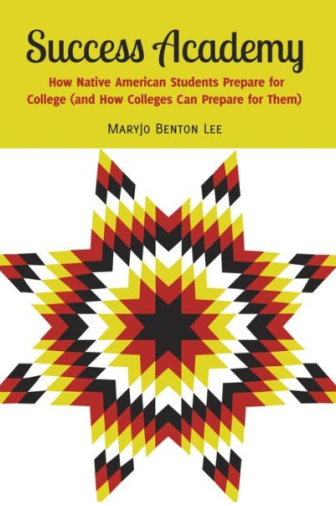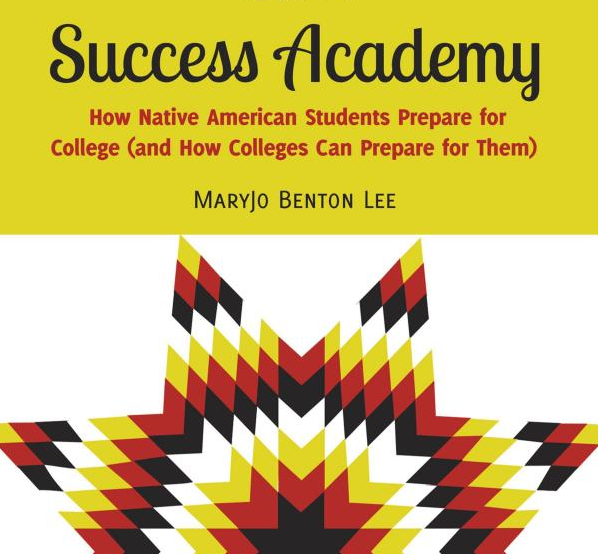 Success Academy: How Native American Students Prepare for College (and How Colleges Can Prepare for Them)
Success Academy: How Native American Students Prepare for College (and How Colleges Can Prepare for Them)
Maryjo Benton Lee
Peter Lang, 2013
187 Pages
Series: Adolescent Cultures, School & Society
Volume 65
Joseph L. DeVitis & Linda Irwin-DeVitis, Series Editors
By Gail Bush
The story of the Flandreau Indian School–South Dakota State University (FIS-SDSU) Success Academy is living proof of cultural anthropologist Margaret Mead’s famous claim about making change happen: “Never doubt that a small group of thoughtful, committed citizens can change the world; indeed, it’s the only thing that ever has.” The educators who established the Success Academy were no longer satisfied with the status quo and took action. This book chronicles the first 12 years of a collaborative relationship and formation of the program. The fact that this “small group of thoughtful, committed citizens” were educators who were able to effect systemic change is both remarkable and lends itself to replication.
The setting for this story is commonplace. A high school serving underprivileged students stands in the shadow of a university — so close and yet so far. The driving force behind Success Academy built a bridge between the two institutions and communities as a small group of educators created systemic educational change. Their result after only a dozen years is evident in the 85 percent of the Flandreau Indian School graduates planning for postsecondary education, some receiving full scholarships and support services from the nearby university.
This successful collaboration between the high school and the university demonstrates what is possible when educational and community institutions come together to serve youth. In 2010 in South Dakota, which ranks fourth highest among all U.S. states in Native Americans per capita, only 1.9 percent of all students enrolled in state universities were Native Americans. Yet, in contrast, the national education picture looks bright. Lee includes a 2008 U.S. Department of Education National Center for Education Statistics survey, “Status and Trends in the Education of American Indians and Alaska Natives,” that the number of American Indian and Alaska Native students enrolled in colleges and universities, and the number of postsecondary degrees awarded, has more than doubled in the past 30 years. As the report contends, “Over the past few decades, American Indians/Alaska Natives have made gains in key education areas, such as increased educational attainment. However, gaps in academic performance between American Indian/Alaska Native and other students remain.”
Maryjo Benton Lee, FIS-SDSU’s cofounder and coordinator until 2012, writes that the Success Academy goals focus on systemic change. The team used the 2002 “Ethnicity Matters” conference, sponsored by the SDSU Office for Diversity Enhancement, as an opportunity to review existing program examples, including the Rethinking How Black, Hispanic and Indian Students Prepare for and Succeed in College Conference model, “Understanding How Students of Color Succeed.”
This influential model helped to shape FIS-SDSU’s program through three key components. First, social construction of self, which requires students have contact with significant role models in order to overcome the “stereotype threat” of judgment coming from their community.
Second, community cultural wealth, defined as engagement through family, neighborhoods and cultural institutions that provide a strong foundation for students moving forward with life goals.
And lastly, the realization of the scholar self, whereby students of color include academic achievement as a part of their personal identity. As Lee writes, “Success Academy has been designed to nurture ‘perceived efficacy’ within its participants.”

























